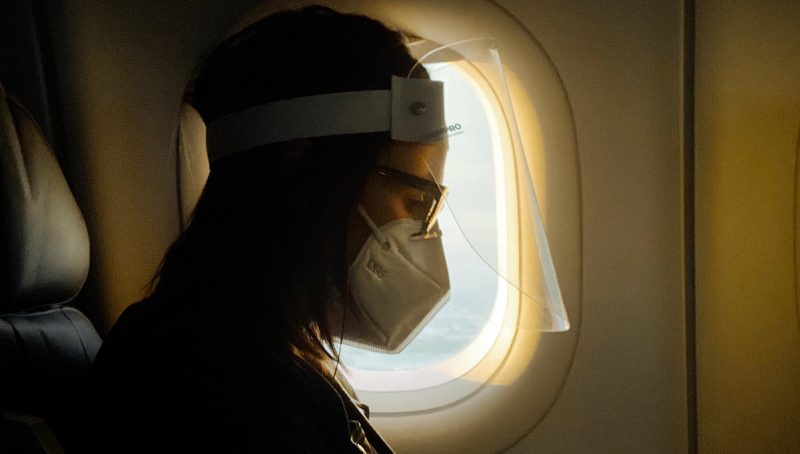
As some countries are recovering from the pandemic quicker than others, differing insights into user behavior changes in specific markets will emerge, says Irene Yang.
COVID-19 has had an impact on virtually every industry around the world, and the advertising ecosystem is no exception. Brands around the world are decreasing their ad spend this year in an effort to curtail expenses and stay competitive.
To successfully navigate the changing advertising landscape, brands need to get the right message across at the right time – which in this case might mean pausing, restarting, or even rebuilding certain campaigns. This is on top of identifying and targeting the right channels in order to optimize costs and appeal to consumers. How can marketers adapt to these rapid changes and continue to engage and appeal to consumers if their priorities may have shifted?
Understanding changes in user habits
Before kickstarting a new campaign, it is worth exploring how user habits have changed, and subsequently, ensure these campaigns are tailored to suit these changes. With the upsurge in online traffic as people spend most of their time at home and in front of screens, there is now a need to place greater emphasis on digitally-led campaigns.
The online gaming industry, in particular, has seen a huge boost in revenue and stock value, as more people turn to online gaming for entertainment (with even the World Health Organisation lauding this as a way to stay social during the time of COVID-19).
While the pandemic has fuelled feelings of uncertainty and fear, consumers in the APAC region are still generally hopeful about the future.
Mobile game downloads have also surged more than 60% during the COVID-19 lockdown in China. App Annie data reveals that, in India, time spent in apps grew 35% in Q2 2020 from Q4 2019, and for Indonesia, 25% over the same period.
Besides that, social media and streaming apps are experiencing tremendous growth as they provide much-needed stress relief during this period. This gives advertisers the chance to create entertaining and relaxing advertising content that will certainly do well from a conversion and user experience perspective.
Adapting campaigns to changes in user behavior
As user behavior trends continue to change with accelerated frequency and speed, advertisers will need to be more flexible and agile in keeping up. High-level plans and roadmaps created a few months ago will be rendered unworkable, and advertisers who adapt the fastest will emerge victorious.
Across the Chinese mobile gaming landscape, download trends pointed to an increased interest in in-app purchases (IAPs) – for example, the most downloaded games in China’s App Store during the lockdown were Brain Out and Honor of Kings, both free games with available IAPs. Data revealed that more users spent money on IAPs during the lockdown, and Chinese publishers were quick to react to this change in traffic by incorporating IAPs into their titles as well. Keeping these behavioral shifts in mind and adapting messaging and strategy accordingly will thus immensely aid brands and advertisers in this aspect.
Even if brands want to avoid looking like they are trying to capitalize on the crisis, and choose to stay silent as a result, it is still possible to craft successful campaigns by focusing on ROI optimization.
In the wider Asia Pacific region, a Google report on consumer insights reveals that 50% of consumers feel that inclusivity is important to them and seek brands that align with their cultures and identities. For example, Indonesia’s Wardah Cosmetics is leading the halal cosmetics market as Muslim beauty lovers are expected to spend more in the next few years.
However, this should come as no surprise, as discussions around inclusivity and representation have accelerated and gained extra visibility in recent months, driven by consumer activism and further sparked by the global Black Lives Matter movement.
In fact, the importance of the cause has compelled brands to acknowledge the need to be better, and that sometimes change is necessary – this includes changes to brand positioning, messaging, and identity. In Asia, the Indian subsidiary of Unilever announced the rebrand of cosmetic product Fair & Lovely to Glow & Lovely, in a bid to tackle colorism.
Lastly, a campaign’s success should not only be measured by online traffic volumes but also the quality of it. In this regard, video ad trends are performing better so it is advisable to look towards prioritizing campaigns that use these formats or incorporate them into existing campaigns.
Evaluating market context and consumer sentiment
The big question on every advertiser’s mind is whether to stop advertising campaigns entirely in order to avoid seeming tone-deaf. While some major brands have stopped campaigns – for example, KFC suspended their “Finger-lickin’ good” campaign as brand messaging seemingly went against required health and social distancing norms – silence is not necessarily the only solution in the current climate.
Even if brands want to avoid looking like they are trying to capitalize on the crisis, and choose to stay silent as a result, it is still possible to craft successful campaigns by focusing on ROI optimization. In this case, customized strategies on how to best utilize a mix of the right channels and the right messaging will benefit campaigns. Ideally, brands should craft circumstance-appropriate perceptions of themselves, which should strike the right sentiment and be relevant to consumers, without sounding sales-driven, hollow, or even insincere.
More so, while the pandemic has fuelled feelings of uncertainty and fear, consumers in the APAC region are still generally hopeful about the future. As such, brands that can identify and utilize consumer trends during this period to craft innovative campaigns will prevail. This includes coming up with entertaining advertising experiences and creative video ads that are very in trend right now.
Looking ahead for brands
As some countries are recovering from the pandemic quicker than others, differing insights into user behavior changes in specific markets will emerge. While brands continue to focus on conveying a message of hope and togetherness and do what they can to help the different communities, only time will tell how this pandemic – and 2020 overall – has changed the advertising landscape.

Irene is the Managing Director of Nativex and she has been instrumental in establishing and strengthening the company’s expansion in 8 key markets around the world. Since joining the company in 2014 as a Business Development Manager, Irene became the Regional Manager for the Asia & Europe markets in 2018 and has been a key performance driver in these regions.

Link: https://www.brandinginasia.com/covid-19-and-beyond-how-marketers-can-adapt-to-the-evolving-pandemic-and-the-new-normal/
